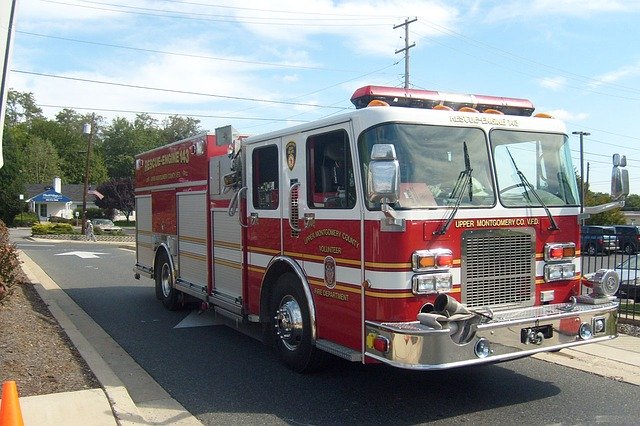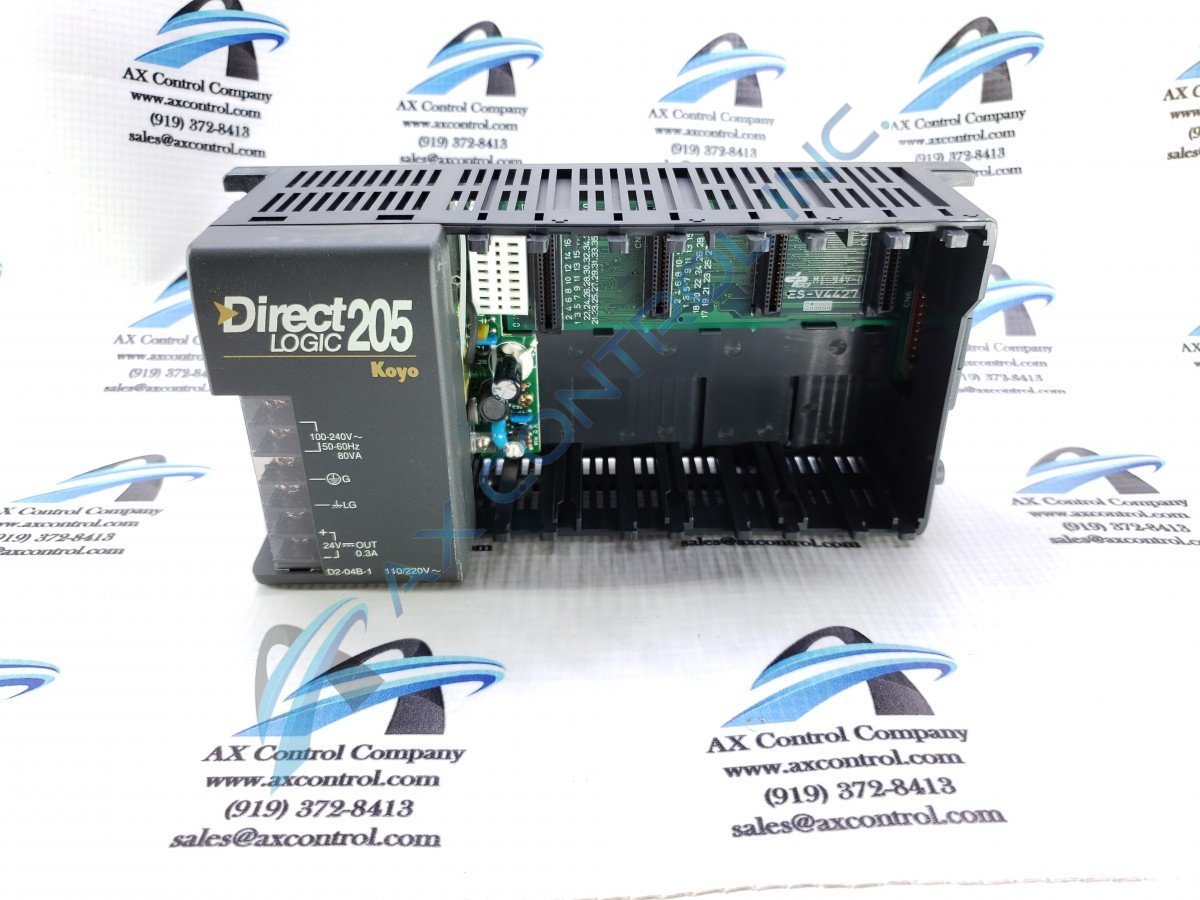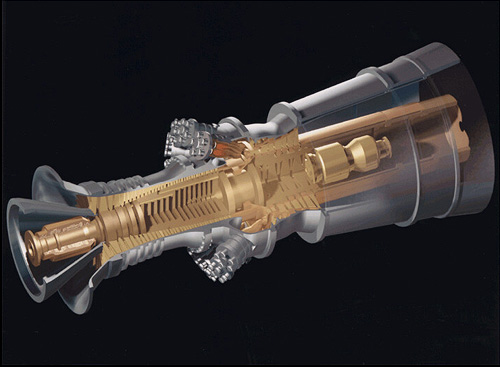We may remember the last few years as the time of unending disasters. Historic spring flooding, wildfires, hurricanes, and other storms were so widespread across the USA in 2019 one-third of the country qualified for federal disaster relief. In Australia, nearly 30 million acres burned during their 2019 wildfire season. Then the pandemic began. With it came civil unrest, supply chain nightmares(remember all those ships stuck in the Suez Canal) and yet another round of natural disasters.

It should be a wake-up call for everyone. Natural and other disasters can strike any part of the world. The probability of something unexpected impacting your manufacturing plant is high, and shouldn’t be ignored.
Here are some key steps in minimizing the risks associated with an unforeseen disruption.
Have an established action plan for your personnel.
If a disaster occurs, your managers and team members should know exactly where to go, what to do, and what they are responsible for. Outline responsibilities in advance. This will help each person or team understand how their role will help in maintaining safety or in returning operations back to normal. Your manufacturing disaster recovery plan should include the following:
Continue reading “Manufacturing Disaster Recovery Plan: Create Yours Now”





You must be logged in to post a comment.